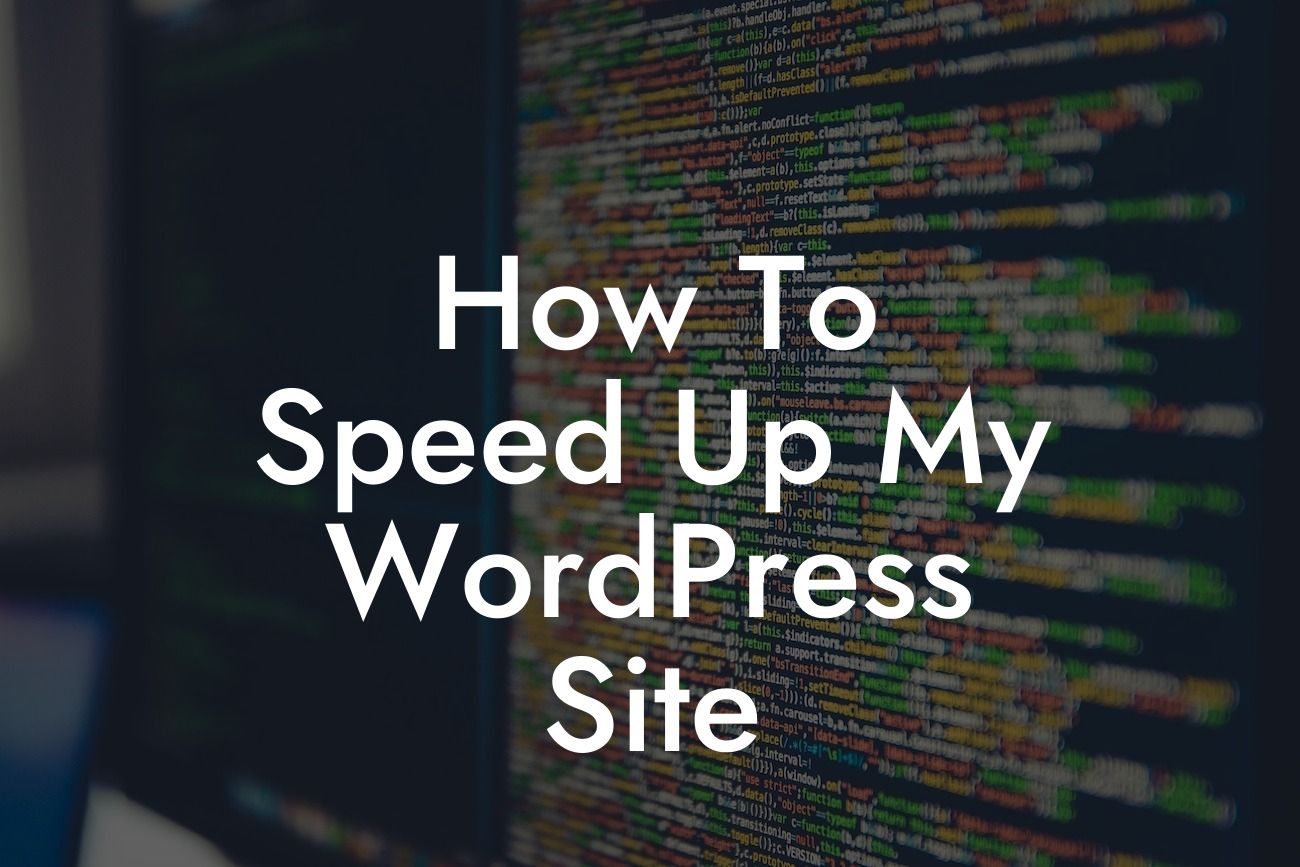Are you frustrated with slow-loading web pages on your WordPress site? Poor website performance not only affects user experience but can also hinder your search engine rankings. In today's fast-paced digital world, a speedy website is crucial for attracting and retaining visitors. Luckily, with a few essential optimizations and the right tools, you can significantly enhance the speed and performance of your WordPress site. In this guide, we'll delve into actionable strategies that will help you accelerate your website and keep your audience engaged.
H2: Optimize Images for Performance
Images play a crucial role in website aesthetics, but they can also be a major factor in slowing down your site. To optimize images for performance, start by resizing them to the appropriate dimensions before uploading. Additionally, compress the images using tools like Smush or EWWW Image Optimizer to reduce their file size without compromising quality. Implement lazy loading techniques to ensure images are only loaded when they are visible on the user's screen, further improving your page speed.
H2: Utilize Caching
Caching is an effective technique that reduces the server load and decreases the time it takes to retrieve data, resulting in faster website loading speeds. Install a caching plugin like W3 Total Cache or WP Rocket to create static versions of your web pages, minimizing the need for database queries and unnecessary server processing. By caching your content, you provide a seamless and efficient experience for your users.
Looking For a Custom QuickBook Integration?
H2: Optimize Your Database
Regularly optimizing your WordPress database can significantly improve site performance. Use a plugin like WP-Optimize or WP-DBManager to remove unnecessary data, such as post revisions, spam comments, and unused images, reducing the size of your database. Smaller databases load quicker, leading to faster page loading times.
H2: Choose a Lightweight Theme
The theme you choose can have a profound impact on your website's speed. Opt for lightweight themes that are purpose-built for performance, with minimal CSS and JavaScript. Avoid feature-heavy themes that come bundled with unnecessary code and functionalities that may slow down your site. Popular lightweight themes include Astra, GeneratePress, and OceanWP.
H2: Implement Content Delivery Network (CDN)
A Content Delivery Network distributes your website's static files across multiple servers worldwide, reducing the distance between your server and users. This not only improves loading times for users located far from your server but also reduces the overall load on your server, resulting in faster site speed. Cloudflare and StackPath are popular CDN providers that integrate seamlessly with WordPress.
How To Speed Up My Wordpress Site Example:
Imagine running an e-commerce store that sells handmade crafts. Slow loading times can lead to frustrated customers abandoning their carts and seeking alternatives. By implementing the aforementioned optimization techniques, your WordPress site can deliver a snappy and seamless experience. Customers will browse effortlessly, make quick purchases, and become advocates for your business.
By following these strategies, you can propel your WordPress site to new levels of speed and performance. Remember, the first impressions matter, and a fast-loading site leaves a lasting positive impact on your visitors. Explore other insightful guides on DamnWoo to further enhance your online presence and unlock your business's full potential. Don't forget to try our awesome plugins designed exclusively for small businesses and entrepreneurs. Share this article with others who may benefit from a faster WordPress site. Time to embrace the extraordinary and leave cookie-cutter solutions behind!













